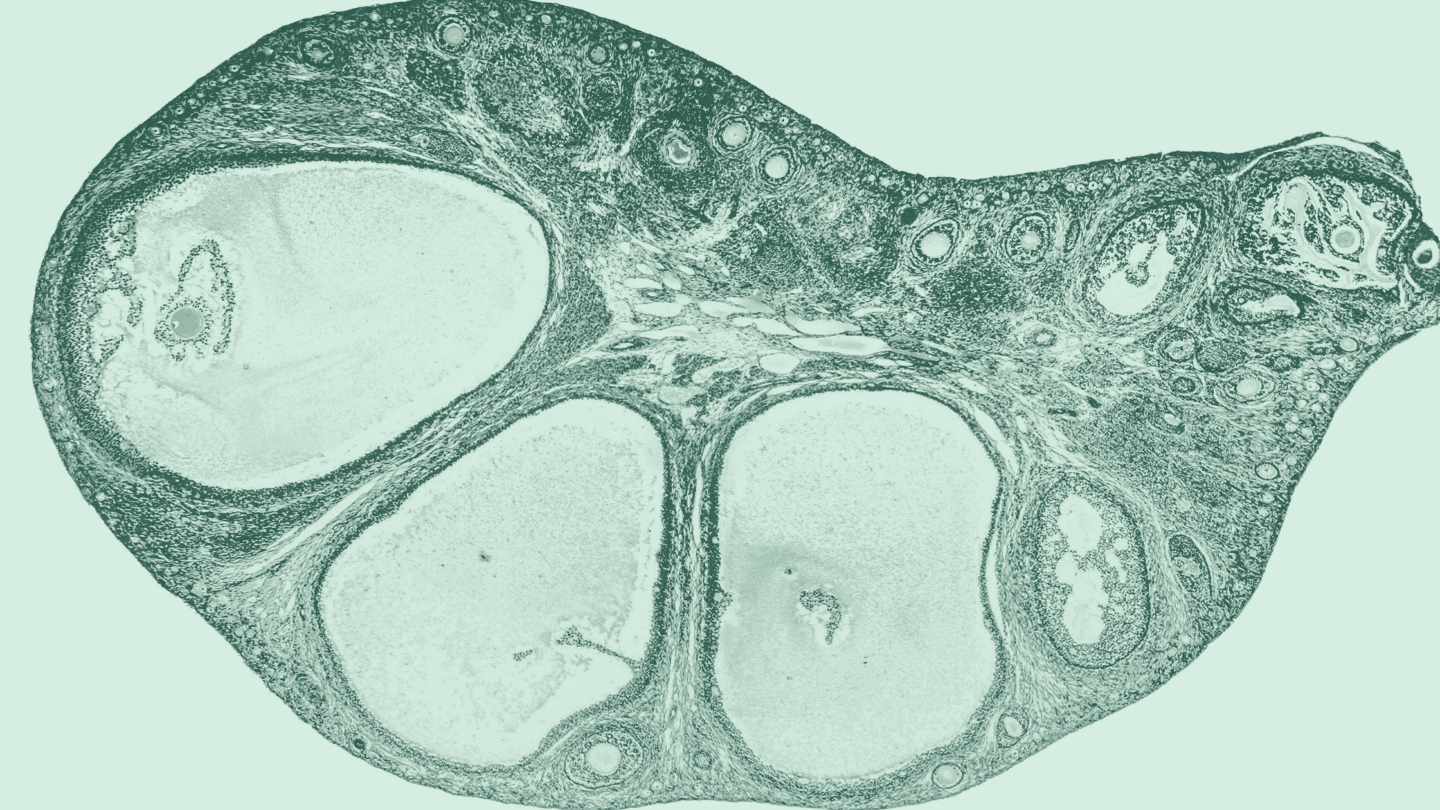What is , anyway? Or ? Sex hormones are hormones — communication chemicals in the body — that play important roles in reproduction and other things, too. If you’ve been hearing all about sex hormones lately, or, well, ever and wondered what the deal is, you’re in the right place. We’re here to help explain what it really means that people call a “female” and s like “male” and why you should care about these bodily chemicals in the first place. Onward!
Male hormones, female hormones?
Let’s address one misconception right away: There are no “male” or “female” hormones. People sometimes use these terms for hormones, typically , , and , that are made in higher amounts in certain bodies. But in reality, people of all sexes and genders have every kind of reproductive .1 Testes make more , and make more and ,2 and there are some differences in what these hormones do in different bodies.3 But everyone, regardless of their anatomy, has all of them.1
Learn more about sex and gender, and why we won’t call ourselves a women’s health company.
These reproductive hormones are still rightly named “sex” hormones, though, because of how they’re related to things like the production of eggs and sperm. They’re also important for pregnancy and regulating the development of the body, especially during puberty. And in the case of “female” sex hormones like and , they’re a key component of .
But in reality, people of all sexes and genders have every kind of reproductive .
Estrogen
Estrogen, like its sex-hormone siblings progestogen and , is not a single but a class of . The three s are estriol, estrone, and estradiol — you’re most likely to have heard of the latter since it’s the most common form in estrogen-containing drugs like certain formulations of .4
Structure of Estradiol (Source)
In the body, s are predominantly made in the (and testes).5 They’re key regulatory chemicals during puberty — like other hormones, levels are an important way for different parts of the body to communicate with each other. You may be most familiar with from when its effects showed up during puberty. If you noticed changes like widening hips, growing breasts, redistributing fat, and other changes – that was ! But is a life-long friend. Throughout life, it’s important for keeping the menstrual cycle cycling, as well as stabilizing mood, sleep patterns, and a ton of other things.5
Estradiol is the most prevalent form of in the body during most of a person’s life. Increases in estradiol trigger the maturation and release of eggs from the , and tell the lining of the to thicken in preparation for a potential pregnancy.5 During , a drop in estradiol is one of the biggest hormonal changes that occurs, resulting in periods stopping and side effects like hot flashes and osteoporosis. During , estrone becomes the dominant type, while estriol plays an important role during pregnancy, where it helps strengthen the and prepare the body for breastfeeding.6
Like what you’re reading? Get the latest straight to your inbox 💌
Progesterone
Progesterone belongs to a group called the progestogens (rhymes with estrogens). It’s also made in the , as well as in testes and adrenal glands. In people with , it’s produced in a part of the ovary called the corpus luteum, a temporary organ that’s actually made from the remains of the follicle that released an egg.7 Once the corpus luteum develops after ovulation every month, it releases during the second half of the menstrual cycle in preparation for a potential pregnancy.5 If the body doesn’t become pregnant, the corpus luteum degrades and levels fall, signaling the body to menstruate and begin a new cycle.
Structure of (Source)
Progesterone isn’t absorbed well when taken as a pill, so pills use artificial versions called s, which are taken up by the body much more easily.5 and s look exactly the same to your body, and they both send signals that tell the body it’s pregnant, preventing ovulation.
Like other hormones, serves many other important functions in the body. is sometimes prescribed to help with symptoms like hot flashes and vaginal dryness, and it can help with irregular periods and endometriosis.5 Outside of the reproductive system, it helps regulate mood, cognition, inflammation, brain health, and more.8
Is adyn right for you? Take the quiz.
Androgens
The last class of reproductive hormones are s, also made in the , testes, and to a lesser extent, in the adrenal glands.9 The most famous is , though there are other s like androstenedione, dehydroepiandrosterone, and dihydrotestosterone.9
Structure of (Source)
In all people, s play an important role in things like the production of red blood cells, maintaining bone density, developing muscles, and maintaining sexual desire.9 They’re most famous for their role in puberty, especially in men, and their role in sperm production. But they’re also a critical precursor for making in the , so they’re important for people with uteruses, too.
Know your hormones!
Understanding what’s going on inside your body is a great step toward taking better care of it. Sex hormones are just one facet of your health, but they’re an important one — especially if you’re taking hormonal .
Not everyone’s body will react to hormones in the same way, and it can make finding the right hormonal medications a tough job. But understanding how they work can shed light on some of the potential side effects associated with hormones, as well as the potential benefits — both for pregnancy prevention and beyond.
-
- Lauretta, R., et al. “Gender in endocrine diseases: Role of sex gonadal hormones.” International Journal of Endocrinology (2018).
- O’Donnell, Liza, Peter Stanton, and David M. de Kretser. “Endocrinology of the male reproductive system and spermatogenesis.” Endotext.org (2015).
- Johns Hopkins Medicine. “Estrogen’s Effects on the Female Body.” Hopkinsmedicine.org (N.D.).
- Delgado, Benjamin J., and Wilfredo Lopez-Ojeda. “Estrogen.” StatPearls [Internet] (2021 Dec 20).
- Davidge-Pitts, Caroline and Solorzano, Christine Burt. “Reproductive Hormones.” Endocrine.org (2022 Jan 23).
- Cleveland Clinic. “Estriol.” ClevelandClinic.org (2022 Feb 18).
- Cleveland Clinic. “Corpus Luteum.” ClevelandClinic.org (2021 Oct 07).
- Brinton, Roberta Diaz, et al. “Progesterone receptors: form and function in brain.” Frontiers in Neuroendocrinology 29.2 (2008): 313-339.
- Cleveland Clinic. “Androgens.” ClevelandClinic.org (2021 Oct 24).








